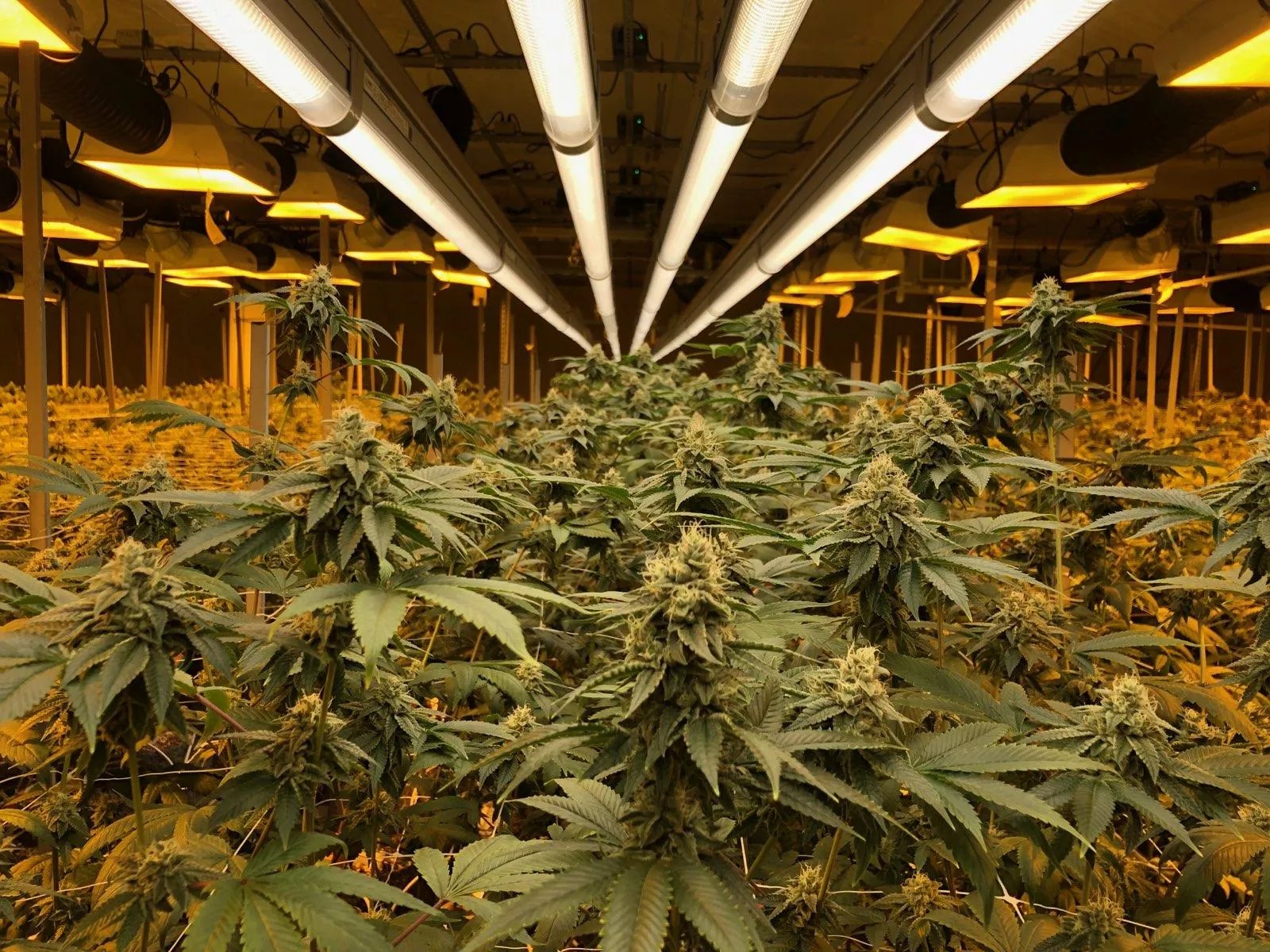
Moe Asnani

Audio By Carbonatix
Arizona has invested a lot into the medical cannabis program, but one investment not often considered is energy. As the industry grows, some dispensaries are considering their impact on the environment.
Demitri Downing, executive director of the Marijuana Industry Trade Association, said it’s important for Arizona businesses to consider how to grow sustainably, both environmentally and economically.
“They’re interwoven,” he said. “If Arizona companies do not engage and develop the most sustainable methodologies to grow cannabis, from an economic and environmental standpoint, we will lose our ability to compete as cannabis goes interstate and international.”
“I have what I call my chicken army.” — Gordon Hamilton, owner of Elephant Head Farms.
The best way to stay sustainable in both aspects, he said, is to grow outdoors.
Elephant Head Farms in Arivaca, which operates under the same license as Arizona Natural Remedies in north Phoenix, has two acres of cannabis that utilize sunlight – half an acre of outdoor and one-and-a-half acres of greenhouses and hoop houses.
Using the sun cuts down energy costs, and Elephant Head Farms also recycles its soil. Owner Gordon Hamilton, who had an aviation company before getting into cannabis, said the goal is to produce a “living soil” that has all the bacteria and yeast that plants need to grow well.
Recycling the soil minimizes the amount of fertilizer and other additives the grow uses.
Hamilton still uses high-pressure sodium lights to augment the sun. Plants need 18 hours of sunlight to be most productive in the vegetative stage, but that’s still less than they’d get in an indoor grow.
He said he’s been “quite fortunate” to avoid losing much crop to contamination, adding that the sun acts as a sort of sanitizer.
“The plants really like natural sunshine and it makes them healthy,” he said. “You’ll get a certain amount of natural balance.”
Some of the worst pests, he said, are grasshoppers. But even Hamilton’s sanitation methods are sustainable.
“We found out that chickens do a great job” controlling pests, he said. “So, I have what I call my chicken army.”
Downtown Dispensary of Tucson composts the soil its uses for cultivating, and uses Root Pouches – bags made from recycled materials that serve as an alternative to plastic buckets. Recently, owner Moe Asnani has begun testing LED lighting on some of his plants.
Asnani’s grow has about 38 tables, on two of which he’s been experimenting with LED lighting. Downtown Dispensary grows most of its cannabis with high-pressure sodium lights, which are about 750 to 1,000 watts. The LEDs, on the other hand, come in around 500 to 600 watts.
Every kilogram of cannabis costs an average of $2,500 in energy consumption, according to a 2016 National Conference of State Legislatures report.
The other benefit is that LED lights don’t radiate as much heat, meaning cultivators save not only on energy used by the light, but on power used by air conditioning. The balance, of course, is that LEDs cost twice as much as many other light options.
With the massive growth of legal marijuana in North America and around the globe expected in the next few years, growers and suppliers will need to stay ahead of the sustainability curve to avoid a serious impact on the environment.